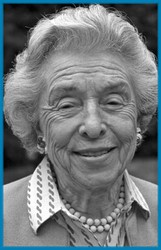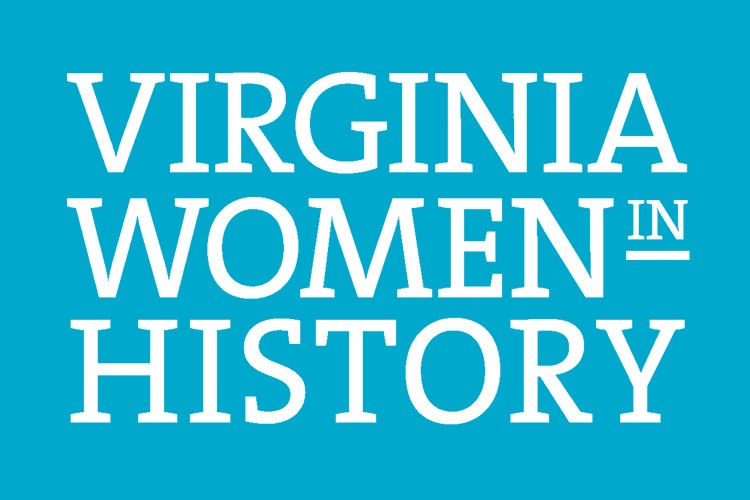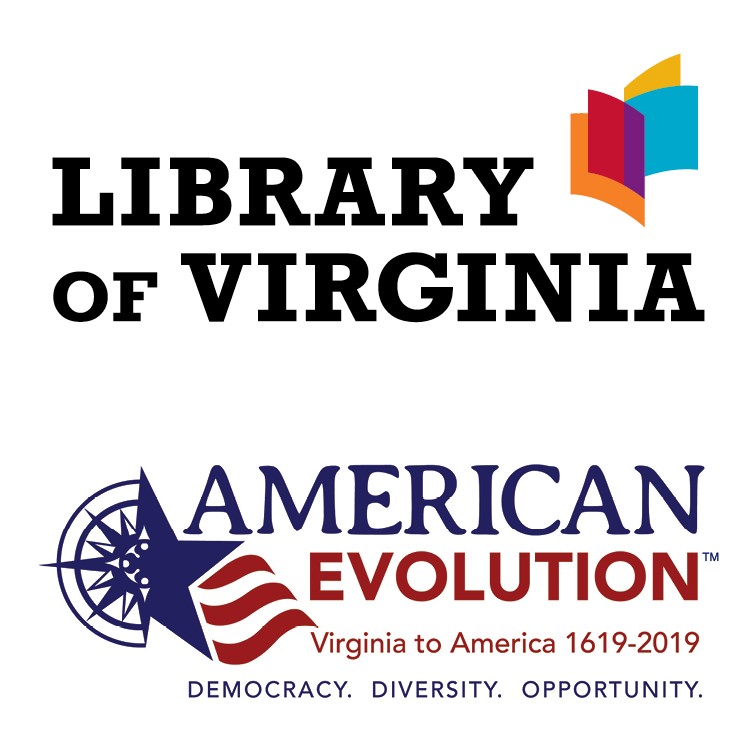Mary Tyler Freeman Cheek McClenahan
Introduction
Text-to-speech Audio
Mary Tyler Freeman Cheek McClenahan, who lived on Pocahontas Avenue, worked to improve the life of Richmond residents and to preserve Virginia’s history.
Images
Mary Tyler Freeman Cheek McClenahan, photograph courtesy of the Richmond Times-Dispatch.

The Library of Virginia honored Mary Tyler Freeman Cheek McClenahan as one of its Virginia Women in History in 2006.

The Virginia Women in History Digital Trail is made possible by the Library of Virginia and American Evolution: Virginia to America, 1619–2019.

Backstory and Context
Text-to-speech Audio
The daughter of famed Richmond journalist and historian Douglas Southall Freeman and the widow of longtime director of the Virginia Museum of Fine Arts Leslie Cheek Jr., Mary Tyler Freeman Cheek (1917–2005) married Dr. John Lorimer McClenahan in 1993. She was a founder or influential officer of such important community organizations as the Richmond Urban Forum, Richmond Renaissance, the Virginia League for Planned Parenthood, and the Richmond Better Housing Coalition. McClenahan was president of the Robert E. Lee Memorial Foundation late in the 1970s when it began a major archaeological and historical research project to document the Lee family plantation, Stratford Hall, and in 1983 she created the Douglas Southall Freeman professorship at the University of Richmond to be filled annually by a distinguished historian. McClenahan served on the boards of several Virginia educational institutions and received honorary degrees from Hollins College, Saint Paul’s College, the University of Richmond, Virginia Commonwealth University, and Washington and Lee University. In 2003 she published an autobiography, Southern Civility: Recollections of My Early Life. McClenahan founded a Chesterfield County child-care center in 1997 that was named for her.
She was fully cognizant that she had grown up in privileged circumstances: her parents were respected leaders of the city’s white community during the era of racial segregation; she was educated at Richmond’s fashionable Saint Catherine’s School and at Vassar College; and her first husband was independently wealthy. Nevertheless, in her public life she was committed to bridging the gaps between rich and poor and between Black and white in Richmond. In a 1986 interview she summed up her philosophy of public service: “Once you see with a clearer perspective, it’s ridiculous to move in a society that does not accept the obvious fact that we are all equal in the sight of God.”
Reprinted with permission of the Library of Virginia.
She was fully cognizant that she had grown up in privileged circumstances: her parents were respected leaders of the city’s white community during the era of racial segregation; she was educated at Richmond’s fashionable Saint Catherine’s School and at Vassar College; and her first husband was independently wealthy. Nevertheless, in her public life she was committed to bridging the gaps between rich and poor and between Black and white in Richmond. In a 1986 interview she summed up her philosophy of public service: “Once you see with a clearer perspective, it’s ridiculous to move in a society that does not accept the obvious fact that we are all equal in the sight of God.”
Reprinted with permission of the Library of Virginia.
